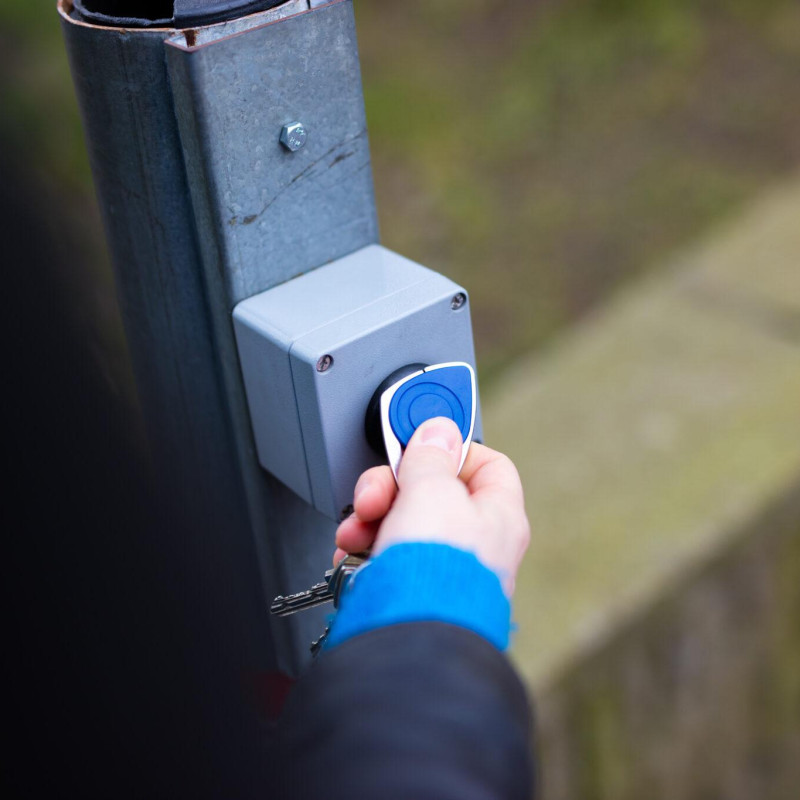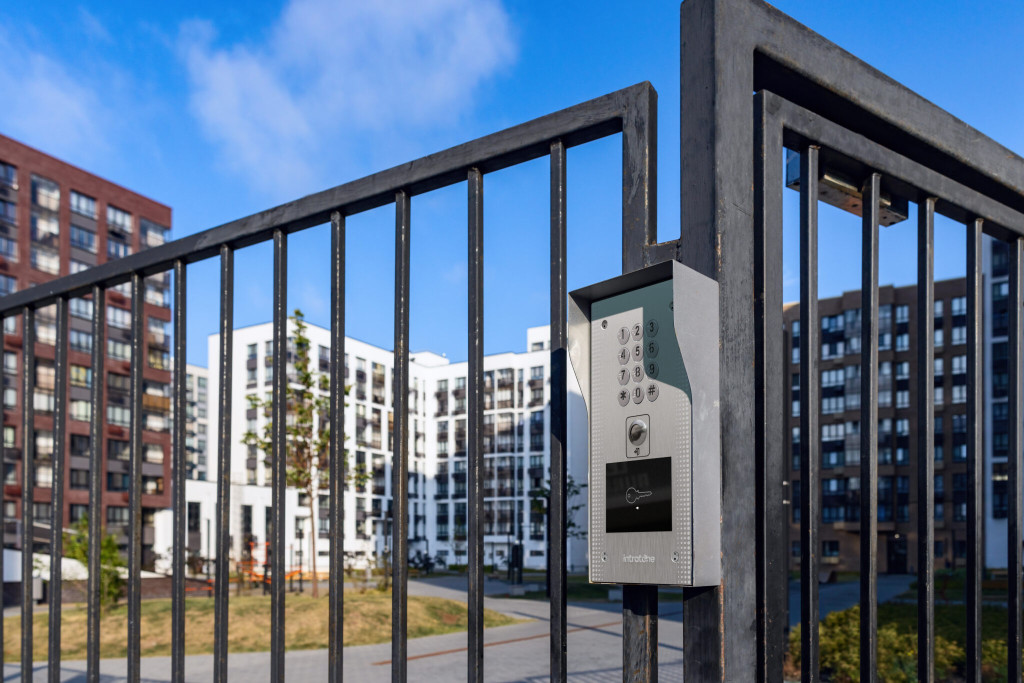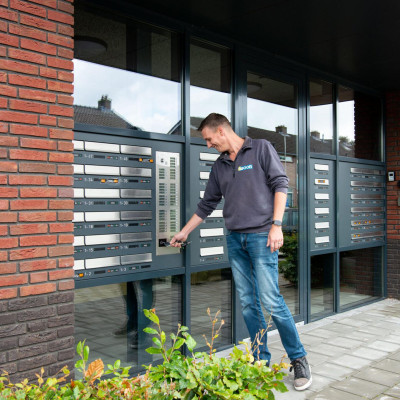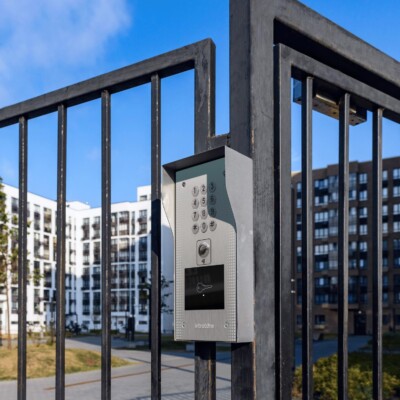Access Control Explained: Your Gateaway to Security
January 16, 2024
Part of any property manager’s job is to make sure that the tenant and their residence are safe and secure, making it pivotal that you put this at the top of your priorities.

Access control is a broad term for managing who can and can’t get into a building, but how do access control products function?
Let’s explore what prime access control implementation looks like and the range of products available.
Access Control is Key
Particularly if a tenant lives in a shared building, having coded or keyfob access can be convenient and a strong measure to keep unauthorised people out.
The functionality of a keypad is straightforward; a code is generated and given to residents and approved personnel to enter the building. It might be worth considering providing one code for residents and another code for building staff, like cleaners or maintenance workers.
The reason for this is so that you can keep an eye on who goes into a building, having typed into the keypad, at any given time as the door entry status is logged and able to be viewed on a smartphone, for instance. This will help you stay on top of accountability and monitoring.

Codes are easy to change should one become compromised; simply change the settings from your device remotely and inform residents and building staff of the changes you’ve made.
However, to save you from needing to contact every person, keyfobs and proximity readers could offer great convenience. You can easily deprogramme individual keyfobs should they be lost or a tenant moves out from the comfort of wherever you are.
The keyfobs work by being near a reader, which sends a signal to the door to open or lock. Unless the fob has gone into somebody else’s possession and hasn’t been reported to the property manager, it can’t be compromised in the same way traditional keys or codes could.
Before the Front Door
Of course, there are more traditional methods of adding security to properties, but many of these have been advanced in recent years.
If your tenants live in a building with a communal garage or properties that are gated, you should consider installing an RF receiver. It can be a pain to need to get out of a car to manually open a garage door or gate, so having a device they can press from the comfort of their vehicle, which transmits to the receiver that they want to enter and will allow entry.

Aside from the aforementioned convenience, this adds a greater level of security so codes can’t be discovered easily and lost keyfobs for the front door won’t be accessible.
If you have an external gate or communal garage, double-check that the doors are locked after you’ve used them for peace of mind and encourage neighbours to do the same for everyone’s benefit.
Whatever access control product you want to install at the property you’re responsible for, the team at Intratone can help you. Visit our website today for everything we provide.





